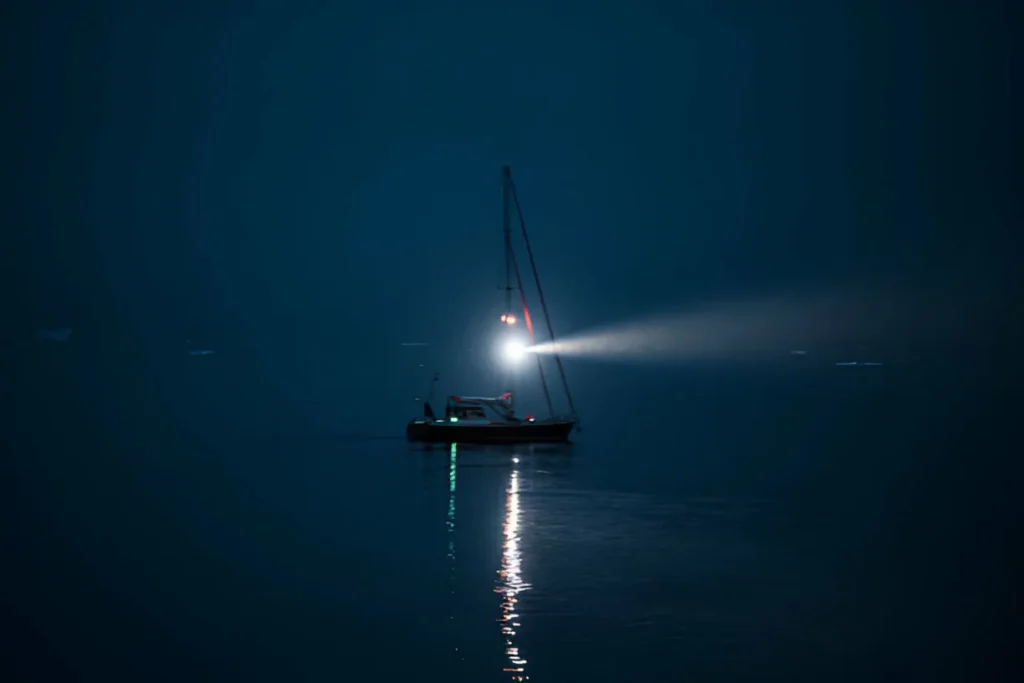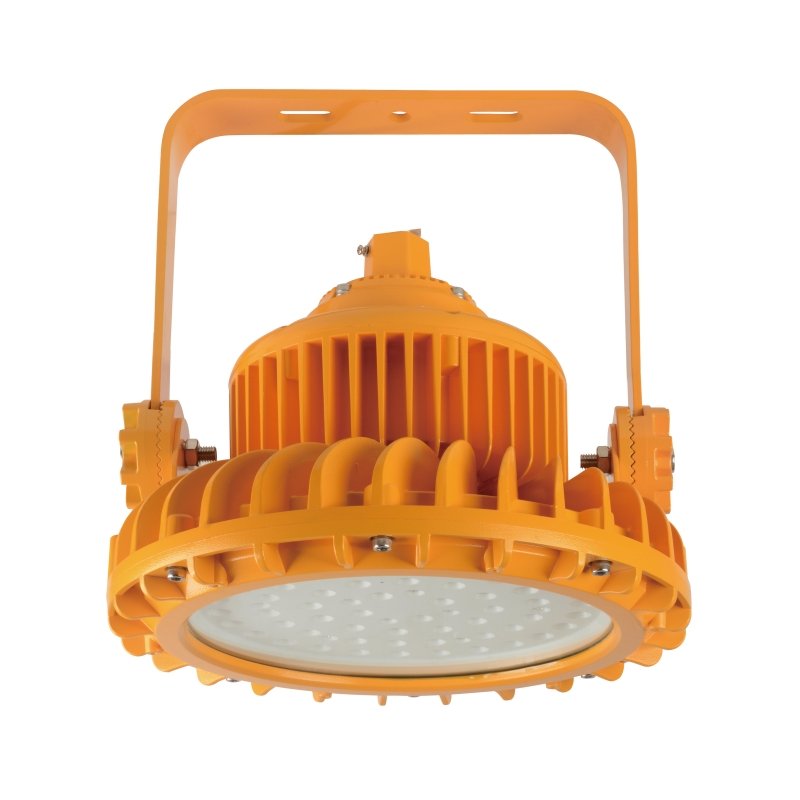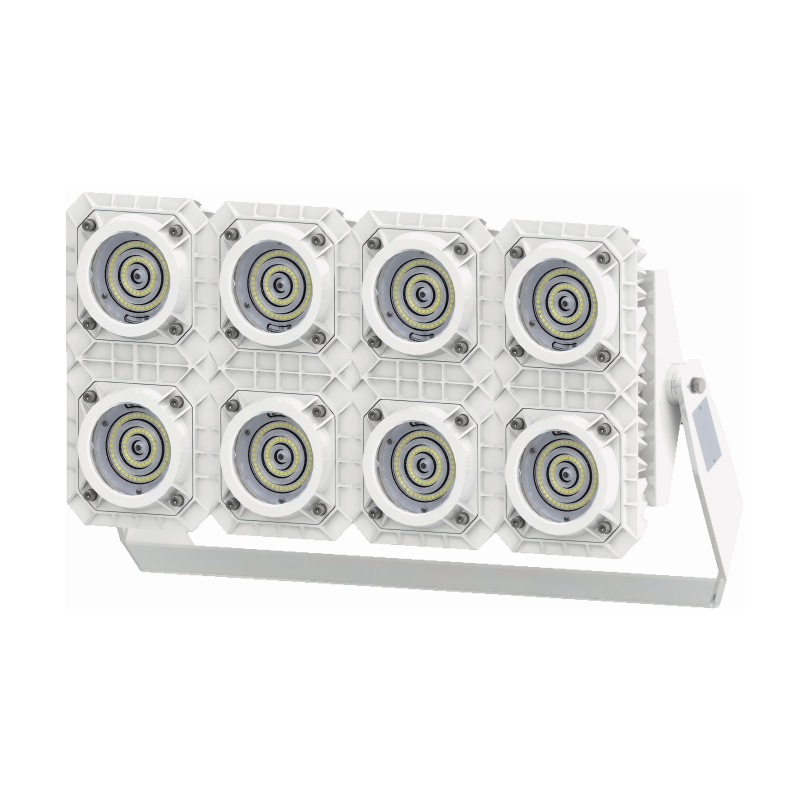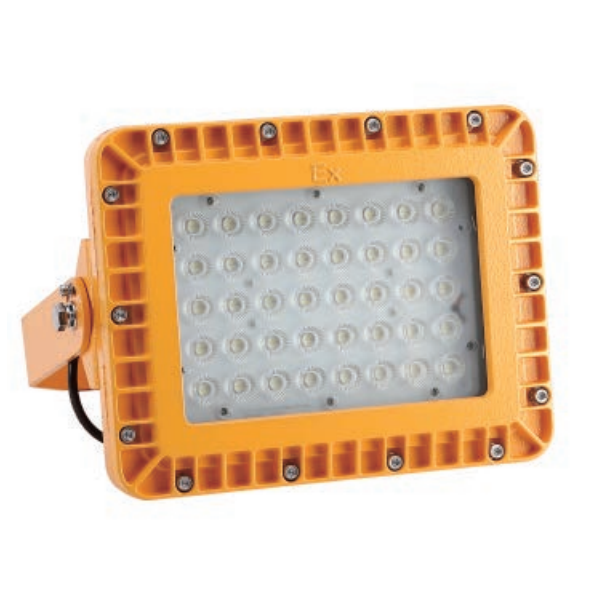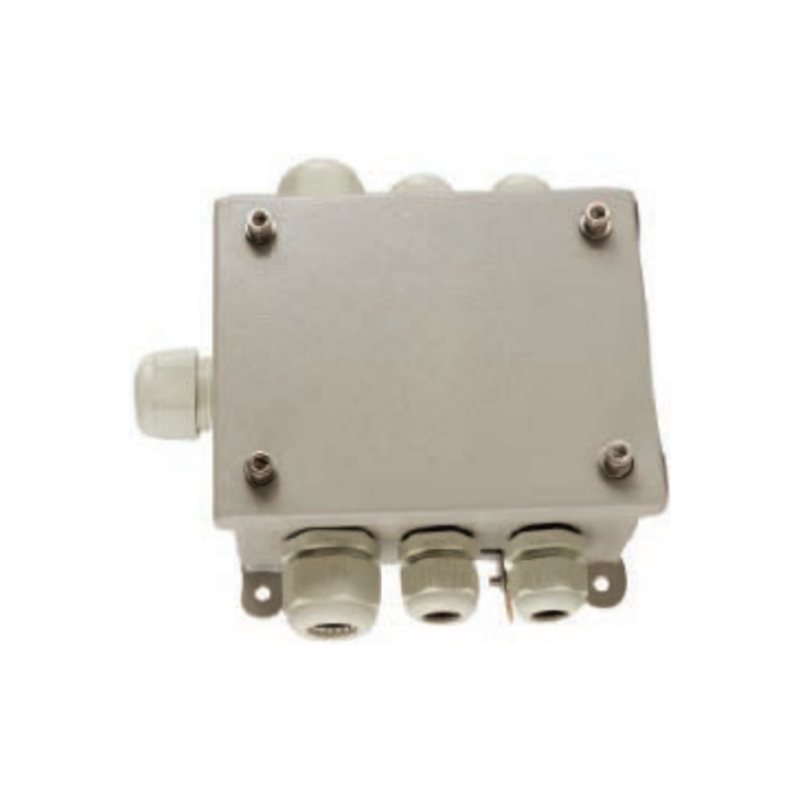What is a searchlight?
A marine searchlight is a high-intensity spotlight, usually mounted on a boat’s mast or other high point, used to illuminate the water or a specific area at night or in low visibility conditions. Searchlights can be rotated and tilted to shine in any direction. They are usually powered by electricity and use a variety of light sources, including incandescent, halogen, and LED. LED lights are becoming increasingly popular because of their high energy efficiency and long life.
How do marine searchlights work?
Marine searchlights work by combining an extremely bright light source with a parabolic reflector to project a powerful beam of parallel light. The light from the source is focused by the reflector to form a concentrated and intense beam. Searchlights can usually be operated manually or via a remote control, allowing the user to adjust the direction and angle of the beam. Some advanced searchlights also have integrated automatic control systems that automatically adjust the beam based on environmental conditions.

How many lumens do marine searchlights use?
The brightness of marine searchlights is usually measured in lumens. The brightness of different models of searchlights ranges widely, from a few hundred lumens to tens of thousands of lumens. For example, some high-intensity LED marine searchlights can provide up to 10,000 lumens of light output, while portable handheld searchlights may only have a few thousand lumens. The choice of brightness depends on the specific application requirements and operating environment.
Common applications
Navigation
Searchlights play an important role in navigation, helping vessels identify buoys, landmarks, and other navigation aids in low visibility conditions. They can illuminate narrow waterways and port entrances, ensuring safe passage for vessels.
Search and Rescue
In search and rescue operations, searchlights are used to locate missing persons or vessels in distress. The powerful beams can provide a clear view in darkness or in adverse weather conditions, helping rescuers locate targets quickly.
Law Enforcement
Law enforcement uses searchlights to illuminate suspicious activity or arrest suspects. The strong light can effectively deter criminal behavior and help law enforcement officers improve visibility during nighttime operations.
Security
Searchlights are also widely used in security surveillance. They can be used to illuminate the area around a vessel, identify potential threats, and issue warnings when necessary.
How do marine searchlights meet different needs?
Precision Illumination
Marine searchlights can provide a highly focused beam of light for precise illumination of a specific target. This is particularly important for navigation and search and rescue operations, being able to identify objects or potential hazards at long distances.
Broad Illumination
Floodlight-type searchlights can provide a broad, even beam of light covering a large area. This is very useful when operating at night or passing through poorly lit areas, such as deck lighting and emergency response.
Dynamic Control
Some searchlights have a rotation or pan and tilt function, allowing the light source to be moved. This dynamic control makes searchlights very useful in surveillance and security patrols, allowing for the flexibility to adjust the beam direction.
Infrared and Thermal Imaging
Infrared and thermal imaging searchlights are very effective in low light or complete darkness. They enhance visibility by detecting heat signatures and are suitable for night vision and security surveillance.
LED Technology
LED technology has been widely used in marine searchlights, providing high energy efficiency, durability and long life. Not only does it provide bright illumination, it can also significantly reduce energy consumption, suitable for vessels with limited power resources.
Integration with modern navigation systems
Modern marine searchlights can be seamlessly integrated with navigation systems, leveraging advanced technologies to improve safety and efficiency. For example, searchlights can be integrated with GPS, radar, and wireless communication networks to achieve automatic control and real-time monitoring, optimize energy consumption, and improve operational accuracy.

